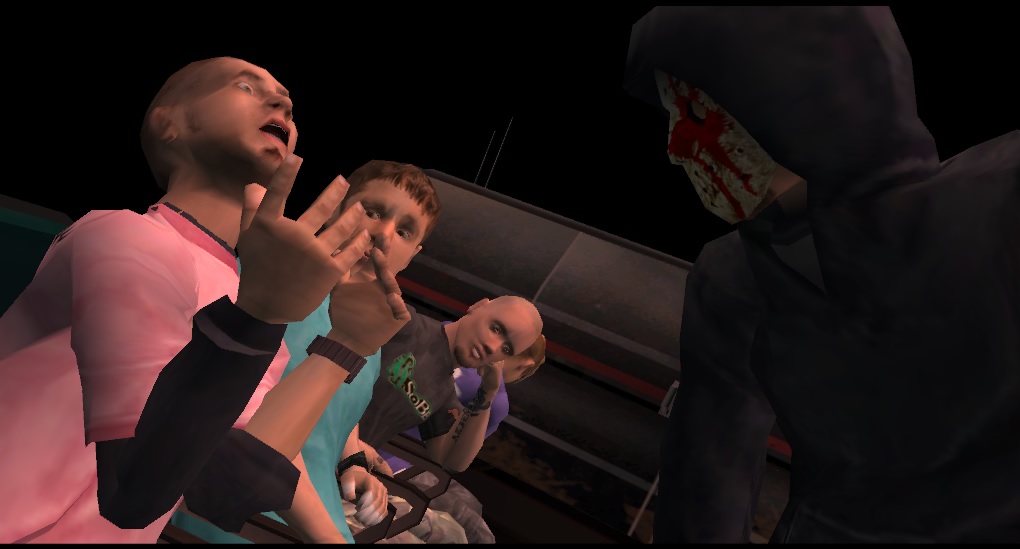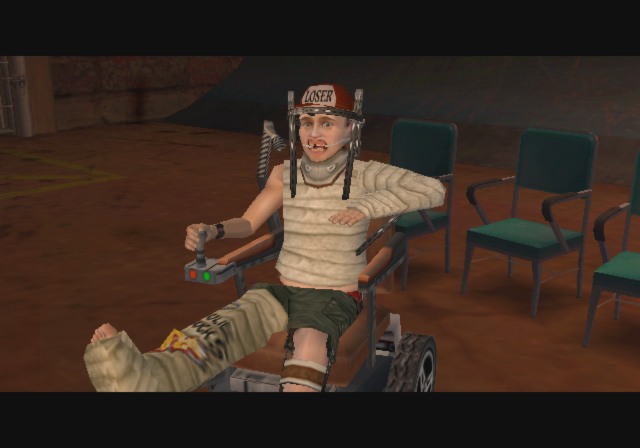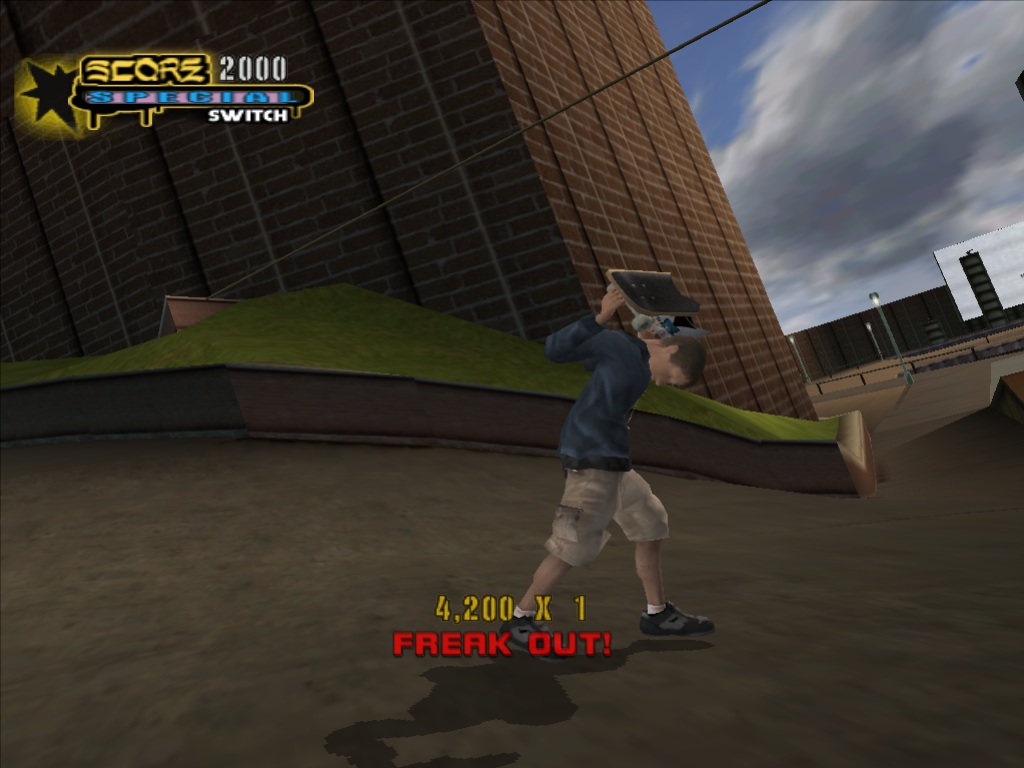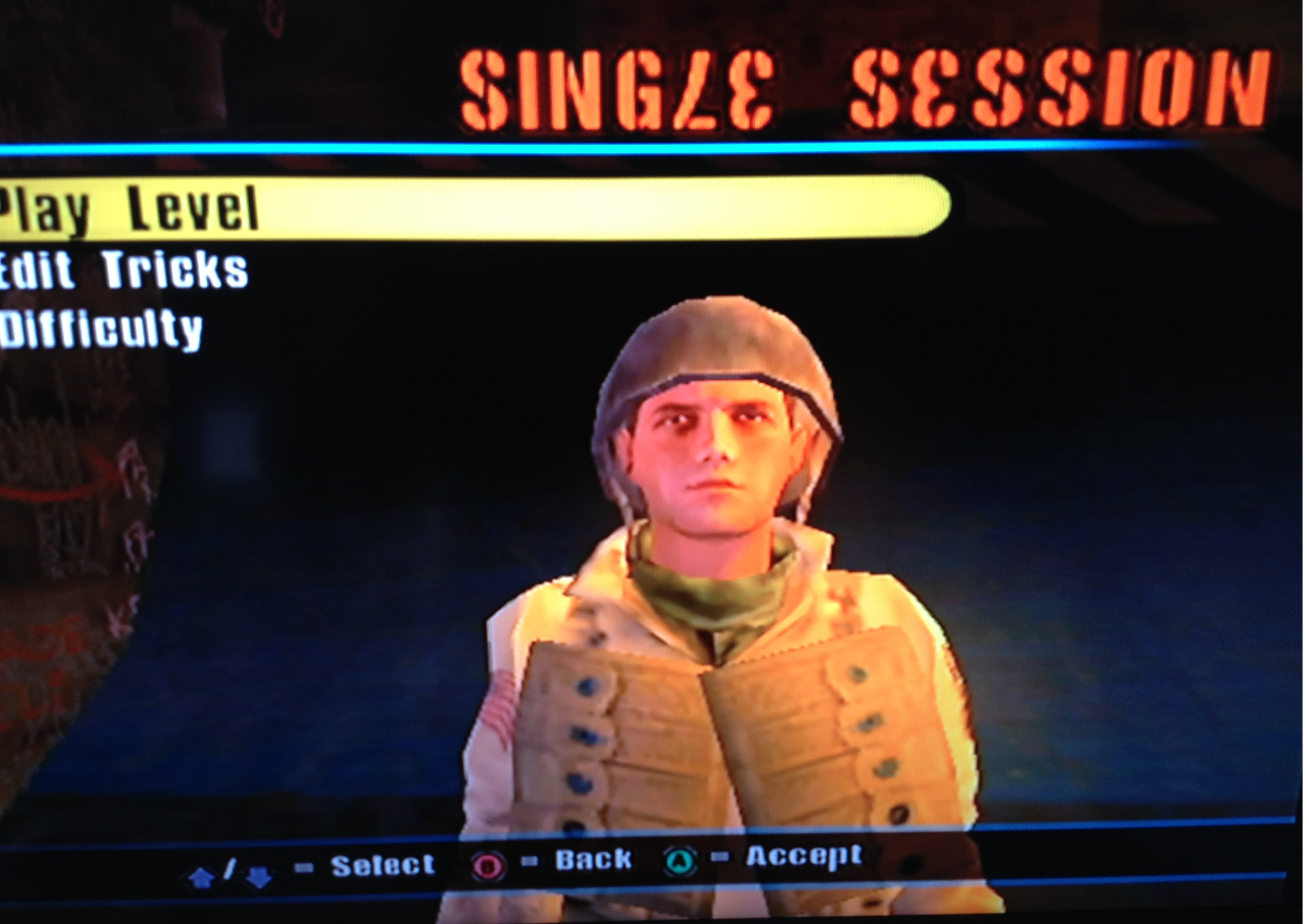Tony Hawk’s Underground 2 (THUG2) was released in 2004 for the PlayStation 2, Xbox, GameCube, Game Boy Advance, and PC. An enhanced port to the PlayStation Portable system, Tony Hawk’s Underground 2 Remix, was released shortly after in early 2005.
THUG2 once again took the concept of a story driven Tony Hawk game, similar to what we saw in Tony Hawk’s Underground, but whereas that game had a hint of realism to it, this one focused on the silly and stupid. It was less about the skateboarding, and more about going around the world, while breaking stuff and pissing people off. It was more of a Jackass game than the Jackass game.

THUG2 seems to hold the unfortunate distinction of being the poster boy for ‘when the Tony Hawk series went downhill’ because of this. I have to argue that, because although the story mode got dumb, the structure of the story mode itself was a huge improvement over THUG. There weren’t as many new moves and tricks added when compared to other installments, but what they did add was nothing short of wonderful. The soundtrack didn’t quite reach the peaks of THUG, but it still held its own.
Is THUG2 was inferior to THUG? Of course. But THUG2 is still a great game, despite being the whipping boy of the franchise. Or maybe I just have a sweet spot for this game, with it being the one I played for what seemed like endless hours in high school. If the 1st generation Pokemon games were the games that defined my childhood, THUG2 was the one that defined my adolescence.

The premise of the story mode is this: Bam Margera and Tony Hawk have brought together various pro skaters, including several characters from the other games, as well as yourself, and even Eric “A-face” Sparrow to compete in a “sick as hell” skateboarding event: “The World Destruction Tour.” The goal of the tour being nothing more than to balls to the wall mayhem around the world, with the losing team paying for the entire trip.

The story mode starts you off in the ironic Warehouse stage from the original Tony Hawk’s Pro Skater and goes from there. You find yourself in New Orleans, (“Drunks, idiots, and drunk idiots”) Australia, Berlin, Barcelona, and more. It’s a considerable range of locations compared to THUG, and each level has over 20 goals to complete.
THUG2 took a mechanic similar to the Pro Skater games, and gave you a list of activities to complete in each level. Each of these activities was worth points, and once you reached a certain number of points, you’d move to the next level. The tasks ranged from the “get X score” or “collect the ‘SKATE’ letters” to “piss off the construction workers,” “raise the dead,” “steal a kid on a gurney,” and “puke on a security guard.” I did mention that this game didn’t take itself particularly serious, right?

The immaturity and stupidity of the story mode may have been a turn off for many, but the “Classic Mode” was the reason THUG2 deserves a second chance. This mode brought back the classic ’10 goals, 2 minutes’ mechanic from the Pro Skater games, and applied it to not just the THUG2 levels, but several levels from the older games as well; such as Canada and Airport from THPS3, or School and Downhill Jam from THPS. Combining the old modes with the new controls and features was probably one of the best things they did with this franchise.
From a gameplay standpoint, THUG2 didn’t bring much to the table. It had the new modes, but the core experience was vastly unchanged. New to the series were the ‘Natas Spin,’ a move that allowed you to spin on a pole, back and frontflips, the ‘Sticker Slap,’ which was a variation on THUG’s wallplant, the ability to create and spray your own graffiti tags, and the ‘freak out’ meter, which was good for a laugh or two, but it was hardly practical.

Perhaps the worst thing about THUG were the vehicle sections. THUG2 both fixed this and made it worse, as there are no drivable vehicles this time around, but instead you have characters that use vehicles instead of skateboards. It didn’t matter though, whether it was an Australian man on a go-kart or Steve-O on a mechanical bull, as they all handled poorly. Unlike in THUG though, you were never forced to use these characters unless you were striving for 100%, so it cushions the blow a bit.
Another thing to note was that THUG2 was the first game in the series where the playable characters list was noticeably altered. All the pro skaters from the original THPS games made it up to THUG, but many of them got cut for this one, apparently in place of goofy characters instead. Who wants to be some pro skater when you can be a jester, a drunk, a pirate, Bigfoot, Ben Franklin, or the THPS1 rendition of Tony Hawk? The most interesting additions to the roster were everyone’s favorite green ogre Shrek, and… a Call of Duty soldier.

The soundtrack in THUG2 may have seemed like a step down from its predecessor, sporting only 53 songs compared to THUG’s whopping 70 or so, but it had more than its share of highlights. Rancid, Metallica, Less Than Jake, Lamb of God, Iggy and the Stooges, The Ramones, Red Hot Chili Peppers, and Faith No More were some of the standouts, and, perhaps most curious of all, Frank Sinatra and Johnny Cash. Trust me, “Ring of Fire” isn’t out of place here at all, and I have to once again commend the Neversoft guys for their taste and how they probably got quite a few “wait, what” reactions.
This track will always be my personal favorite in the game though, and it’s actually my 2nd favorite Tony Hawk song of all time, only trailing behind the first Tony Hawk song I ever heard. It’s tradition for me to have this song blasting whenever I complete the “Save Nawlins” goal.
Following THUG2 in 2005 was Tony Hawk’s American Wasteland, the game that I felt was the game where the series took a noticeable dive in quality. I have a lot to say about that one, but unfortunately we’ll be taking a break for a week or two from this series. Don’t fret though, we’ll be back soon enough.

